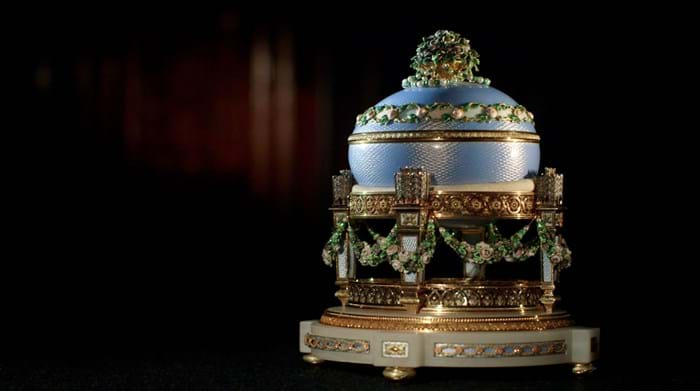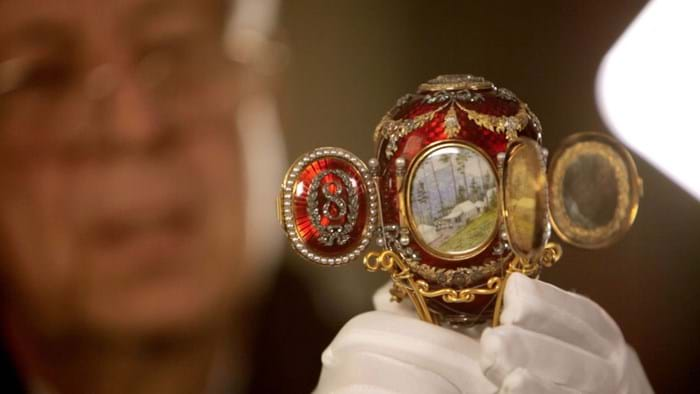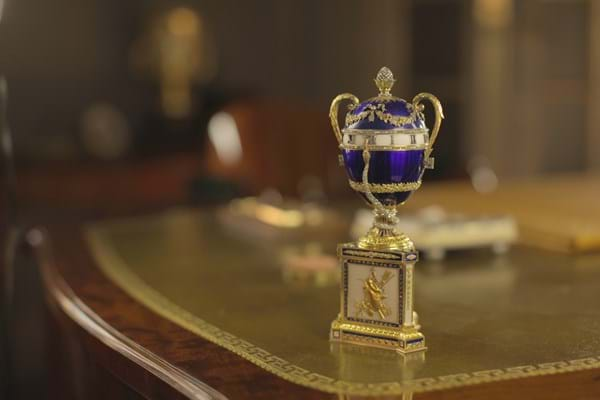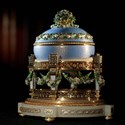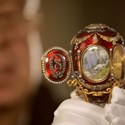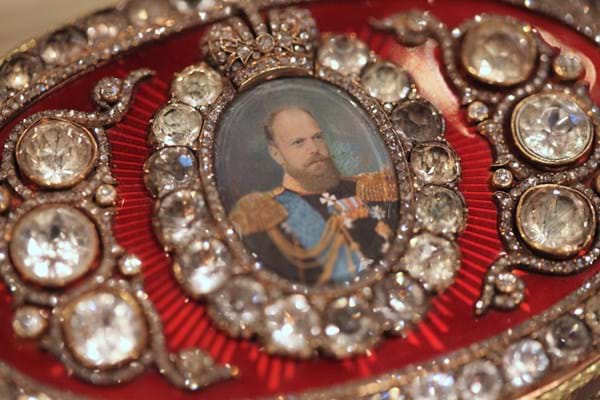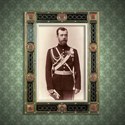Art advisor and Russia expert Alice Ilich is part of the team who created Fabergé: A Life of its Own, telling the story of ‘artist jeweller’ Peter Carl Fabergé in 19th century Imperial Russia.
The film’s re-release marks the anniversary of the Russian revolution when the original House of Fabergé was forcibly closed in St Petersburg.
It charts the success of the world-renowned jeweller and includes footage of Fabergé objects owned by high-profile people including Queen Elizabeth II and Prince Albert of Monaco.
The relatives of Peter Carl - Tatiana and Sarah Fabergé - have been interviewed alongside museum curators and historians.
Easter Eggs
The film also features the world’s most valuable Easter egg: Fabergé’s ‘Winter Egg’ of 1913. Ilich said: “In making the film, our greatest stroke of good fortune was in accessing Fabergé’s Winter Egg of 1913. Many Fabergé authorities consider this to be the Holy Grail, the single most remarkable object ever created by the company. Made of frosted rock crystal, platinum and rose diamonds, the egg perfectly encapsulates the end of the unforgiving Russian winter and the arrival of Easter.”
The egg was designed at Fabergé by a young woman called Alma Pihl, reportedly only 23 at the time.
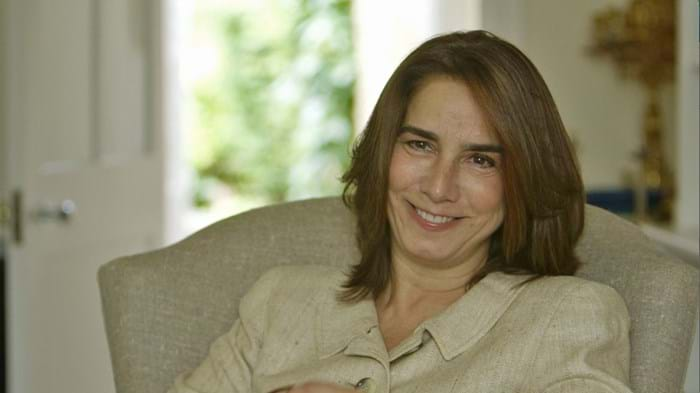
Art advisor and Russia expert Alice Ilich, previously at Christie’s and Sotheby’s, is part of the team who created 'Fabergé: A Life of its Own', telling the story of Peter Carl Fabergé in 19th century Imperial Russia.
Ilich added: “It’s hard to put a value on this unique object - but an unofficial estimate would be in the region of $60m.”
She produced the film alongside Patrick Mark and Ludovic Lindsay with Mark Stewart Productions.


